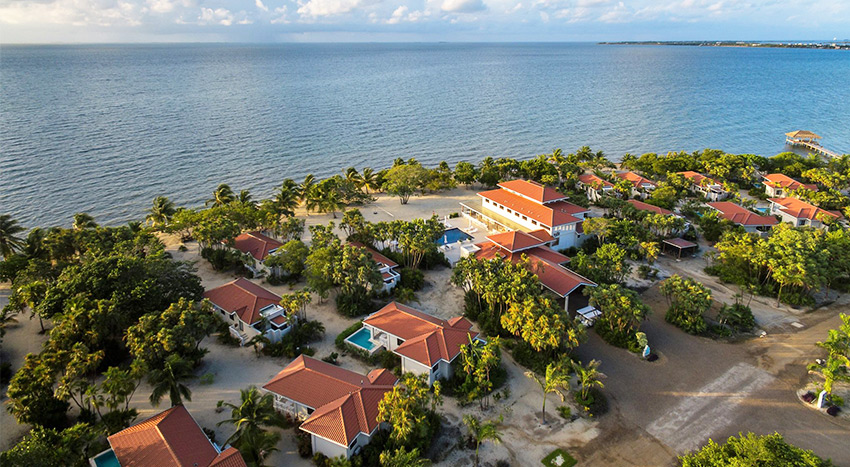If you pay attention to trends in the travel industry you will see and hear a lot of attention being paid to the concept of “sustainability”. 2017 has even been declared “the year of sustainable tourism”.
Sustainability is one of those words that everyone agrees is a good thing, but when you ask people to define it you rarely get the same answer. So what is sustainable tourism?
In the first instance the most common response addresses the environment: How many solar panels does your hotel have? Does your resort preserve its gray water for landscape irrigation? Is the property’s glass, metal and paper waste recycled? And let us not forget the most ubiquitous indicator of environmental stewardship: the little card in the bathroom that encourages guests to save the planet by hanging up their used towels instead of sending them to the laundry.
If judged by the above standards we are forced to admit that Naia Resort and Spa must be the last bastion of unrepentant unsustainability. We boast not a single solar panel, send our gray water down the drain, hopelessly mix up our glass, paper and metal waste and – horror of horrors – unapologetically launder every used towel our housekeepers can find.
Does that propel us beyond the ecological pale into the ranks of the environmentally deplorable? Perhaps an explanation is in order.
Solar panels are great when you live on a remote island or in the middle of the jungle. For a 35 unit resort with immediate access to the nationwide electrical grid there is precious little use for solar panels and their accompanying array of storage batteries, inverters and wiring. In addition much of the national grid relies on renewable power sources and that percentage is steadily increasing.
With around a hundred inches of rain per year there is nothing to be gained by hoarding gray water.
The recycling of glass, paper and metal can work on a large scale but for a peninsula of only 4,000 inhabitants at the end of a long supply chain it has just not proven economically viable. For us, a more practical solution is to minimize solid waste by purchasing goods in bulk with little packaging and staying away from throwaway plastic bottles.
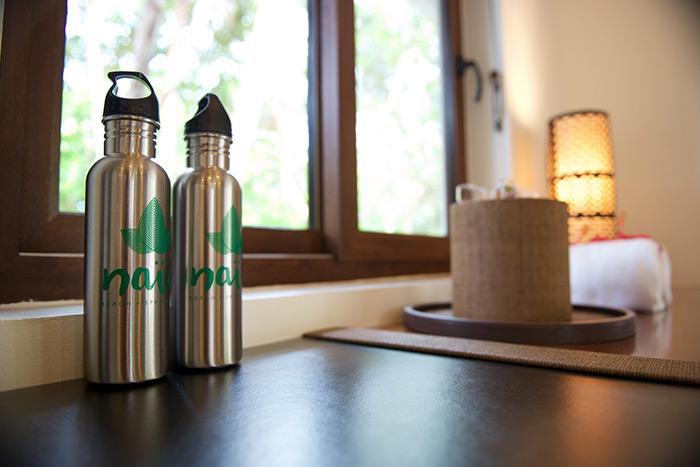
As for the little card you won’t find in our bathrooms, it was invented not to save the planet but to save hotel companies money, namely the cost of washing all those towels. At Naia it is an expense we happily incur to give our guests that extra bit of luxury.
So with much of the conventional environmental wisdom reduced to “greenwashing”, what are the more important aspects of real sustainable tourism development?
- Much of it relates to land use. If a hotel takes a given piece of untouched jungle, bulldozes it to the ground and fills it chock-a-block with condominiums, is that sustainable development? And does adding solar panels on the roof magically make it sustainable?
- Sustainability is about people. Are a resort’s employees treated fairly? Are they given opportunities for training and advancement? Do they view their employment as just a means to a paycheck or do they feel that they are an integral part of a worthwhile endeavor?
- Sustainability is about commitment. Is a resort’s ownership committed to the development of the nation and its surrounding communities? Where does it spend its money? Does it have a stake in the country’s future beyond its narrow financial goals?
At Naia we view sustainability in the broadest sense.
Environmentally we took a 224 acre parcel of untouched coastal forest and treaded lightly, earmarking two-thirds of the property as lagoon and forest reserves. Instead of unleashing the bulldozers we carefully placed buildings in a way that preserved much of the native vegetation. We enforced beach setbacks beyond government requirements and kept large numbers of mature trees along the coast to provide shade and protection from storms and erosion.
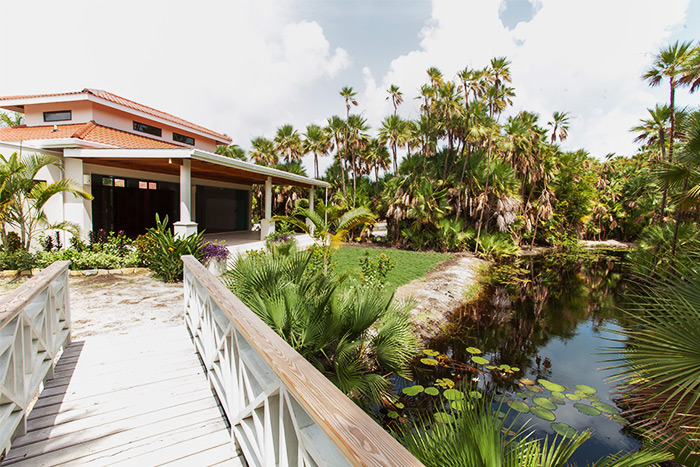
Where we did clear vegetation we mitigated the damage by massive replanting. This has been particularly successful on our lagoon acreage where thousands of red mangrove seedlings were planted and maintained as hedges, providing an ecologically sound alternative to concrete seawalls. This innovative effort was recognized in 2009 with an award from the World Wildlife Fund.
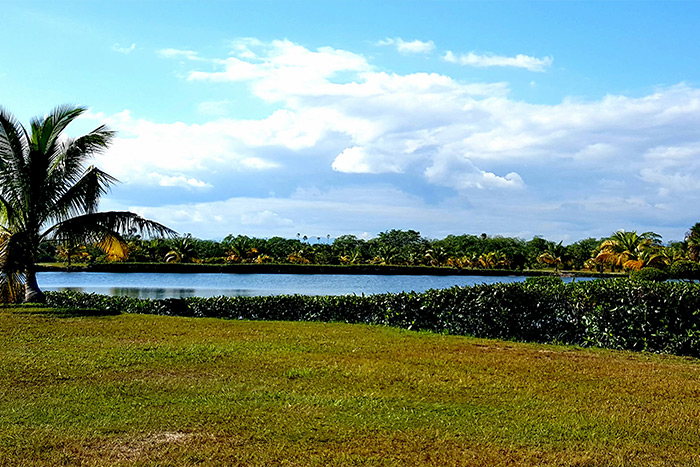
When it comes to how we treat our people and how they feel about their jobs we will let our guests be the judge. What we can say is that 100% of our staff is Belizean. Their salaries promote stable family growth and the money earned circulates in the immediate communities with significant positive impact on the local economy.
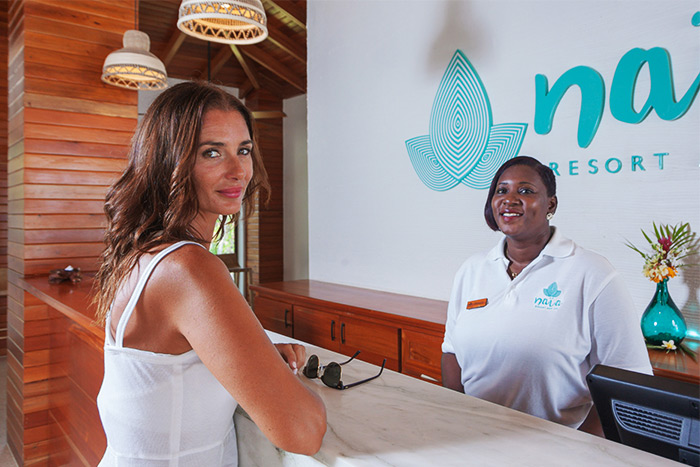
As for Naia’s ownership, we did not just step off the plane from Miami. We are Belizeans or people with long and solid ties to Belize. Our original business partnership dates back to 1982. Virtually all the materials we used for Naia’s construction were sourced locally including furniture, fixtures and artwork. Most importantly, our investment in Belize, while obviously financial, is much larger than that. We are invested in the future of Belize and that of our people. It is who we are.
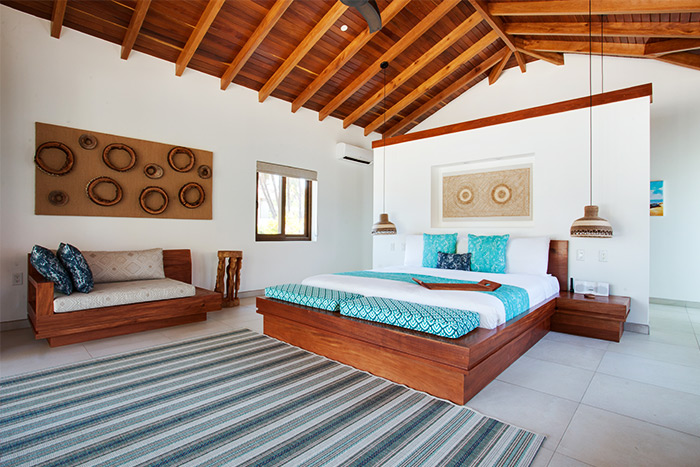
So the next time you think about sustainable tourism remember that it’s more than a solar panel on the roof. Much more.



